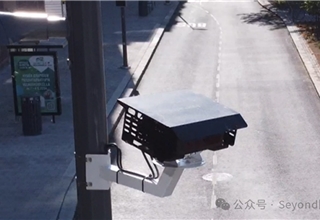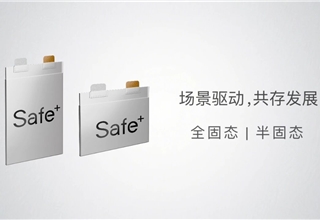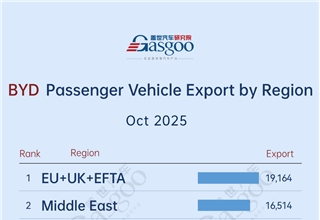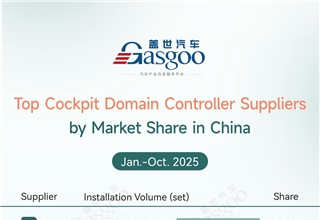Shanghai (Gasgoo)- On October 7th, the People's Government of Shenzhen City released the "Notice on Issuing the Implementation Plan for Achieving Carbon Peak" (referred to as the "Notice").
The "Notice" outlines several key targets: By 2025, approximately 60% of the newly added vehicles in the city will be powered by new energy and clean energy sources. At that time, there will be around 1.3 million new energy vehicles (NEVs), over 20,000 liquefied natural gas (LNG)-fueled vehicles, and about 2,000 fuel cell vehicles (FCVs) deployed across the city. By 2030, the proportion of new energy and clean energy-powered vehicles in newly added vehicles is projected to reach about 70%, and the total population of NEVs in the city will reach around 2 million.
Simultaneously, Shenzhen will accelerate the construction of green transportation infrastructure. By 2025, it aims to build 600,000 electric vehicle charging points, including 45,000 fast-charging piles, and ensure full coverage of fast-charging stations at highway service areas.

Yuan PLUS Champion Edition; photo credit: BYD
The "Notice" also highlights that during the "14th Five-Year Plan" period, Shenzhen's core competitive edge in modern industrial systems should be significantly improved, a modern energy system will take shape, energy resource utilization efficiency will notably increase, and green and low-carbon development in areas such as industry, transportation, urban and rural construction will achieve positive results. There will be a noticeable enhancement in green and low-carbon innovation capacity, and the comprehensive transition of production and lifestyles toward green will be comprehensively promoted. Shenzhen will pioneer the establishment and implementation of a dual-control system for carbon emissions and energy consumption in the nation and province. By 2025, the city's energy consumption per unit of GDP will decrease by 14.5% compared to 2020, and carbon dioxide emissions per unit of GDP will meet the national and provincial targets, laying a solid foundation for achieving carbon peak in the city.
Therefore, advancing the low-carbon transformation of transportation equipment will be a key measure in achieving Shenzhen's carbon peak.
Specifically, Shenzhen will further consolidate the full electrification of public buses, taxis, and ride-hailing vehicles, and accelerate the electrification of government vehicles and light-duty logistics vehicles.
Following the principles of "LNG as the primary source, electric power as the supplementary source, and piloting hydrogen energy," Shenzhen will increase the proportion of clean energy usage in heavy-duty trucks, heavy-duty sanitation vehicles, and non-road mobile machinery while gradually phasing out old, high-energy consumption, high-emission transportation equipment. By the end of 2024, all trailers and waste transfer vehicles within the Shenzhen port area will be converted to clean energy.
Additionally, Shenzhen will refine its policies for controlling the increment of private cars, encourage private individuals to purchase and use NEVs, and guide the replacement of gasoline vehicles with NEVs.
Efforts will also be made to promote the application of LNG-powered vessels in inland rivers, support the development of coastal and ocean-going LNG-powered vessels, encourage the use of electricity or LNG as fuel for harbor craft, passenger ships, and government vessels, and pioneer the application of hydrogen fuel cell vessels in the government vessel sector.









